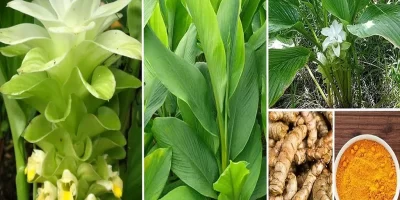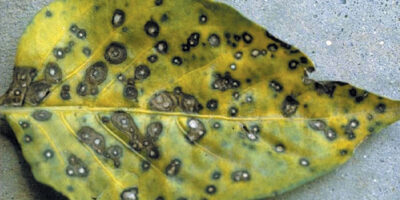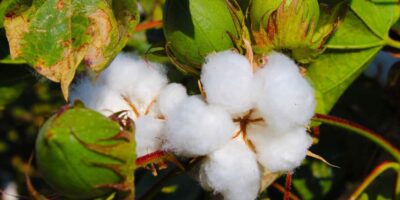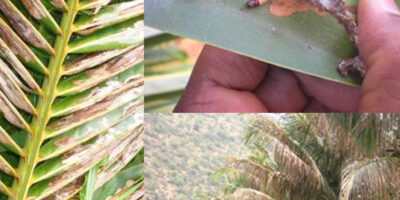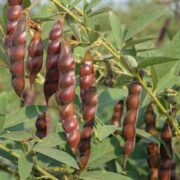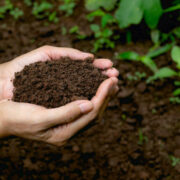Mango Hoppers: India is the major producing & exporting country in the world. There are number of insect pests damaging mango tree but the most important pest that plays a major role in bringing down the fruit yield & loss is mango leaf hopper complex. These are wedge shaped insects with golden-brown or dark-brown in colour. The insects look rather like a small cicada. When disturbed the adults jump off the plant with a clicking sound, fly a short distance & quickly resettle on the plant. The nymphs are greenish with black or brown margins, cannot fly & move rapidly on the plant.
The adult insects are often found lined up along the stages of developing fruits. The leaf hopper lay eggs during flowering & fruiting period into the underside of the midrib of young leaves. Symptoms of damage: includes leafhoppers will be present relatively in large numbers on the flowers & new leaf flushes and suck the sap from both flowers & young leaves, which leads to browning & drying of flowers decreasing the percentage of fruit set & ultimately reducing production.
Also Read: Major pests and diseases of Turmeric

Mango Hoppers
The damage also leads to reduction of vigour of plants, particularly destroying the inflorescence and causing severe fruit drop. During feeding they excrete sticky substance known as “honey dew” on the leaves and flowers which results in development of Sooty Mold fungi. As a result, the leaves turn black reducing photosynthesis, arresting the new growth and development of plants. The market demand of the fruit may be reduced due to this fungal disease. The severely infested inflorescence may wither, whereas infested fruits may rot and drops off prematurely.
Management: As it is a notorious pest the measures should be properly because the insect may survive throughout the year by hiding on the tree trunk. Collect and discard the infested plant parts and affected fruits. Maintain clean cultivation. Weed free orchards because the insect prefers poorly managed orchards. Maintain wider spacing, between the plants and ensure proper penetration of sunlight within the orchards. Avoid judicious application of nitrogenous fertilizers. Avoid water-logged conditions in the field which induces more flush which attracts mango leaf hoppers. Based on the pest surveillance spray Deltamethrin 2.8%EC @ 0.5g or Dimethoate 30% EC @ 3ml or Lambda cyhalothrin 5% EC @ 1.0ml or Thiomethoxam 25% WG @0.5g per litre of water, so that the infestation can be reduced. Spraying with Neem seed kernel extract 5% @ 5ml per litre of water will act as repellent for the insect feeding. In order to reduce the sooty Mold fungi spray copper oxy chloride @ 3g or wettable sulphur @ 2g per litre of water.
Also Read: Management of Pest Attack in Betel vine.!


